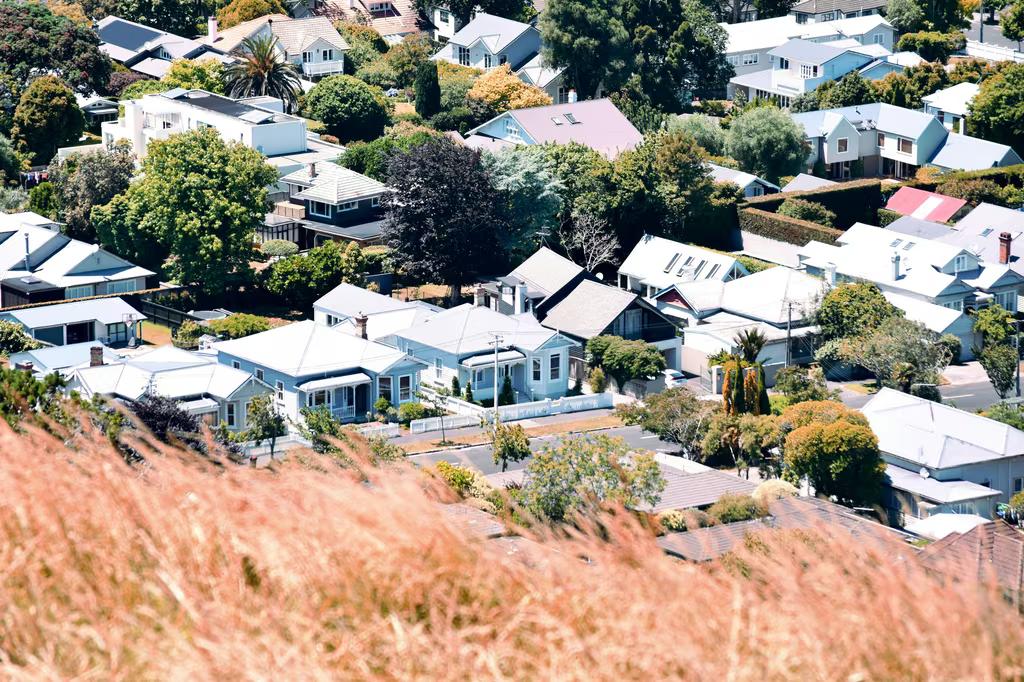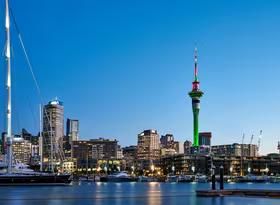
Chart of the Month: Rental inflation is piping hot
Renters across New Zealand are feeling the squeeze as annual new rentals inflation reaches 5.1%pa. Excluding the mid-2022 peak, annual average rental inflation over the year to February 2024 is at its fastest rate since this series began in 2008.
Demand-side pressure driving rents
Treasury’s analysis of rents in New Zealand, published in August last year, provides an evidence-based framework for thinking about the drivers of housing rents in New Zealand. The key result is that over the last 20 years, nominal wage inflation, and the relative supply and demand of housing, have been the central drivers of rent inflation. The cost of providing a rental doesn’t determine rents nearly as much as people think, evidenced by the fact that lower mortgage rates didn’t see rents fall in 2020-21.
Record-high net migration is at the heart of the current spike in rental costs, as it is causing faster growth in demand for housing, compared to supply.
This relationship is made most clear by rental inflation in Auckland, where international immigrants predominantly settle. Chart 1 shows that annual new rentals inflation reached 7.1%pa in Auckland over the year to February, the fastest rent inflation for the city on record since 2008.
As covered in our February newsletter, the migration influx has caused record-breaking population growth. This population growth is likely to worsen pressures not only the rental market, but strain our infrastructure and social services capacity as well. Although migration is expected to come down from a peak during 2024, the imbalance of housing supply and demand in New Zealand will continue to exacerbate rental costs until it is improved.


















